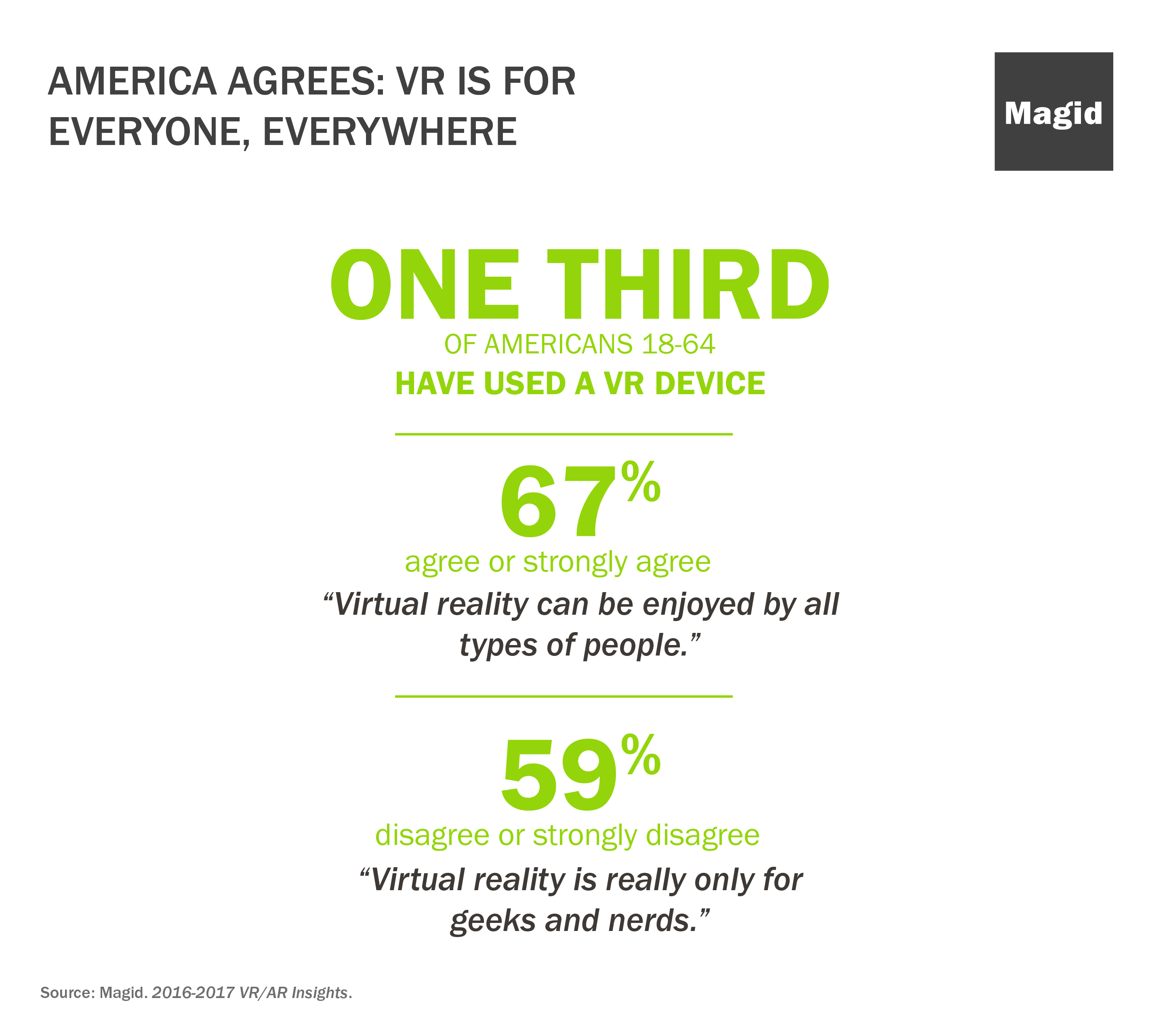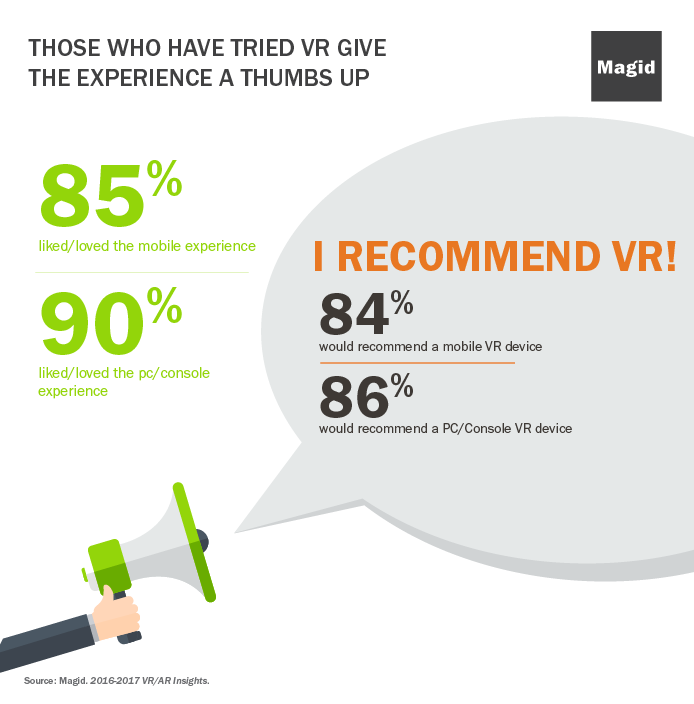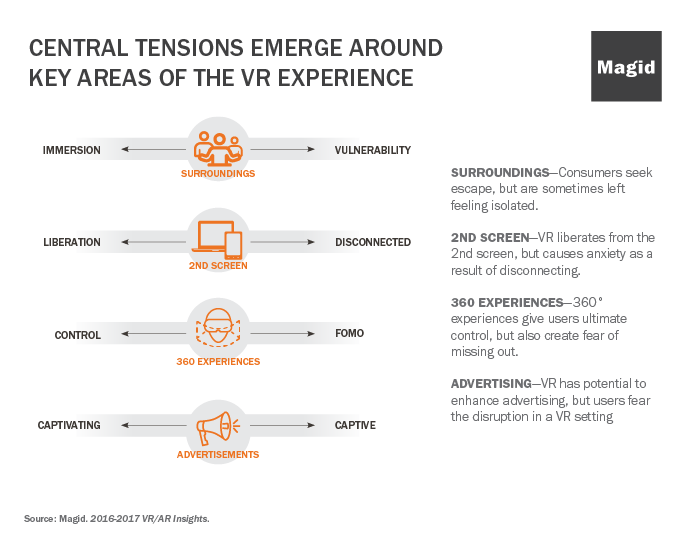Let them Dabble: Creating a Natural Context for VR
I recently attended an event set up as a gaming arcade, and much as I’d expected, there were old school games like Ms. Pac-Man and Marble Madness- truly addictive. This particular evening included the release of a new craft beer accompanied by nibbles to help create an experience to be enjoyed by more than just a gamer crowd. It was inclusive in its adjacent comforts.
The experience was also expansive by offering two VR stations that allowed users to explore the technology but also the choice to put it down and switch up their social engagement throughout the evening. The curated environment, generally geared toward the interest of gaming as social entertainment, provided the perfect dip-in option for VR first-timers. The technology was a hands-on social lubricant, and everyone was able to connect to it and to one another.
By now, most people have heard of VR, but not everyone has had the chance to get their hands on it- or have it strapped to their head. Those that have had the opportunity to try it out agree that everyone can find enjoyment in using it. You don’t have to be a tech-head.

VR can be intimidating for those who don’t know much about the technology or how the experience is different from traditional mobile and gaming consoles. However, the curve of adoption can be surmounted simply by trial. More than 80% of those that have put on a VR headset loved it and would recommend it to other potential users.

So how do we make that trial more open and easy for all types of people? Let people dabble.
I’ve heard of strictly VR entertainment events, including $2,000 per ticket dinners that allow patrons to sit around a fine dining table and select from a stunning, virtual menu. I wonder how these dinners are helping the diners connect to one another during the experience. I wonder what they are learning about VR technology that is useful to them outside of that room. I also wonder, at that price, how inclusive and adoptable is the technology in the guest’s mind when they depart. Are they sated by what they’ve been fed? My bet is that a product-centered event is less fulfilling to the prospective consumer than one of a more exploratory nature.
At product-centered events, there are tensions that emerge with VR experiences. Patrons are paying big money for access to a VR experience that allows them to escape into a new reality, but they then begin to wonder what they are missing out on beyond the headset. The pressure to focus on the technology, and little else, is real.

I would argue that an event where a product is the feature displaces the deep need for fellowship that is served by a gathering. The event is for the people attending, who want to be with and connect with other people. The technology, product, brand should be a conduit to conversation and enrichment but should be built-in to an experience that holds higher emotional meaning: human connection.
There is an important lesson here for all brands looking to activate through events, which is to honor the guests by nurturing their motivations for attending in the first place. Allow them to dabble while they socialize.
People first, product second.
Check out these other Magid articles:

